Ginkgo biloba
Searching for a uniquely awesome planting for your landscape? Look no further than the ginkgo tree: a plant as ancient, majestic, and fascinating as the dinosaurs.
A living fossil from the days of prehistory, Ginkgo biloba has been around the block a couple of times, and has done so in style.
Gorgeous colors, beautiful fan-shaped leaves, and an appealing form all combine to make this tree well worth your growing efforts.
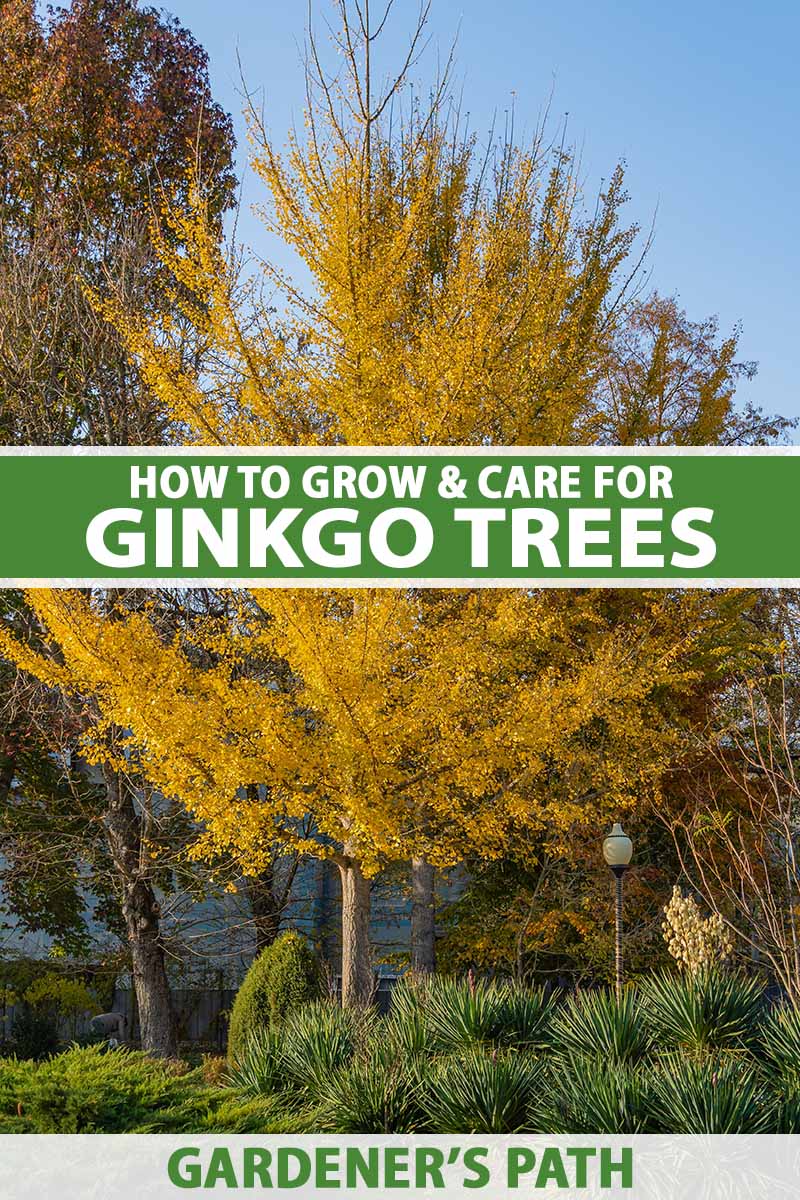
We link to vendors to help you find relevant products. If you buy from one of our links, we may earn a commission.
Not that you’ll have to put in that much work – this tree is super easy to cultivate!
Along with its aesthetic value, a ginkgo is tough and adaptable, making it a solid choice for poor planting sites or laissez-faire gardeners.
That being said, I think these trees are too pretty for apathetic care.
In this guide, we’ll cover exactly what G. biloba requires for optimal health and aesthetics. By the end, you’ll be ready to grow ginkgos like a pro!
Here are the specifics of what we’ll be discussing:
What You’ll Learn
What Are Ginkgo Trees?
Also known as the maidenhair tree, Ginkgo biloba is the only surviving member of the Ginkgo genus, the Ginkoaceae family, the Ginkgoales order, the Ginkgoopsida class, and the Ginkgophyta division.
Talk about being one of a kind!
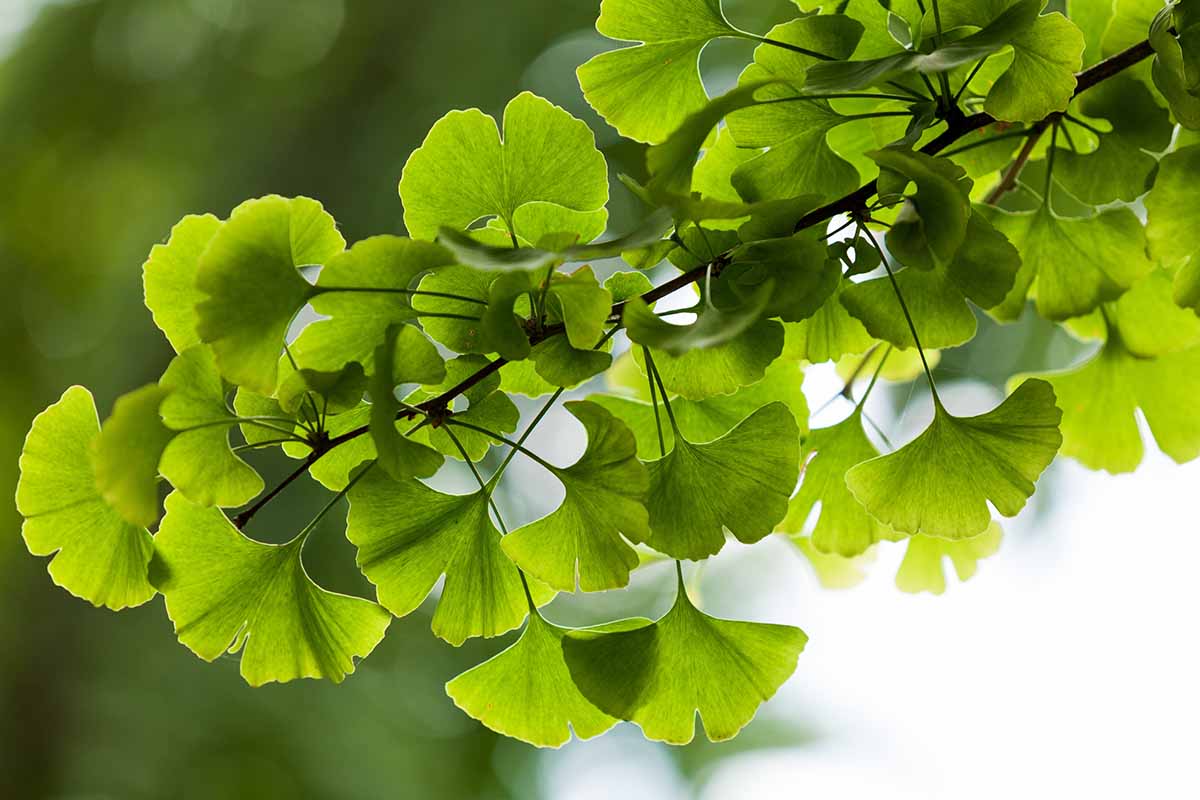
Native to China and hardy in USDA Zones 3 to 9, ginkgos are technically gymnosperms, albeit unusual ones.
They’re dioecious, with separate male and female plants. In spring, male catkins produce pollen, which the wind carries to the female, olive-like ovules.
The ovules secrete a liquid to help catch the pollen. Once caught, the pollen is pulled into the ovule as the liquid dries.
Within the ovule, the pollen develops into a male gametophyte, which releases sperm to fertilize the female gametophyte within the ovule.
After fertilization, almond-like seeds are produced on the female trees within a yellow-orange, fleshy pulp.
When the seeds drop and hit the ground in late fall, the messy pulp emits a smell that’s absolutely atrocious.
If you’re trying to avoid the scent of vomit, feces, and/or dirty gym socks, it’s important to only use male trees in your landscape.

The name Ginkgo was actually a misspelling of the Japanese ginkyo by the German-born botanist Engelbert Kaempfer, a mistake that Carl Linnaeus adopted into his botanical nomenclature.
Ginkyo translates to the Chinese yinxing, which means “silver apricot” – a reference to the ginkgo’s edible seeds.
The species name biloba means two-lobed, which can describe the foliage perfectly.
I say “can” because the apical notching that distinguishes a leaf’s two lobes is quite irregular between leaves on these trees. It can be deep, shallow, or hardly apparent at all.
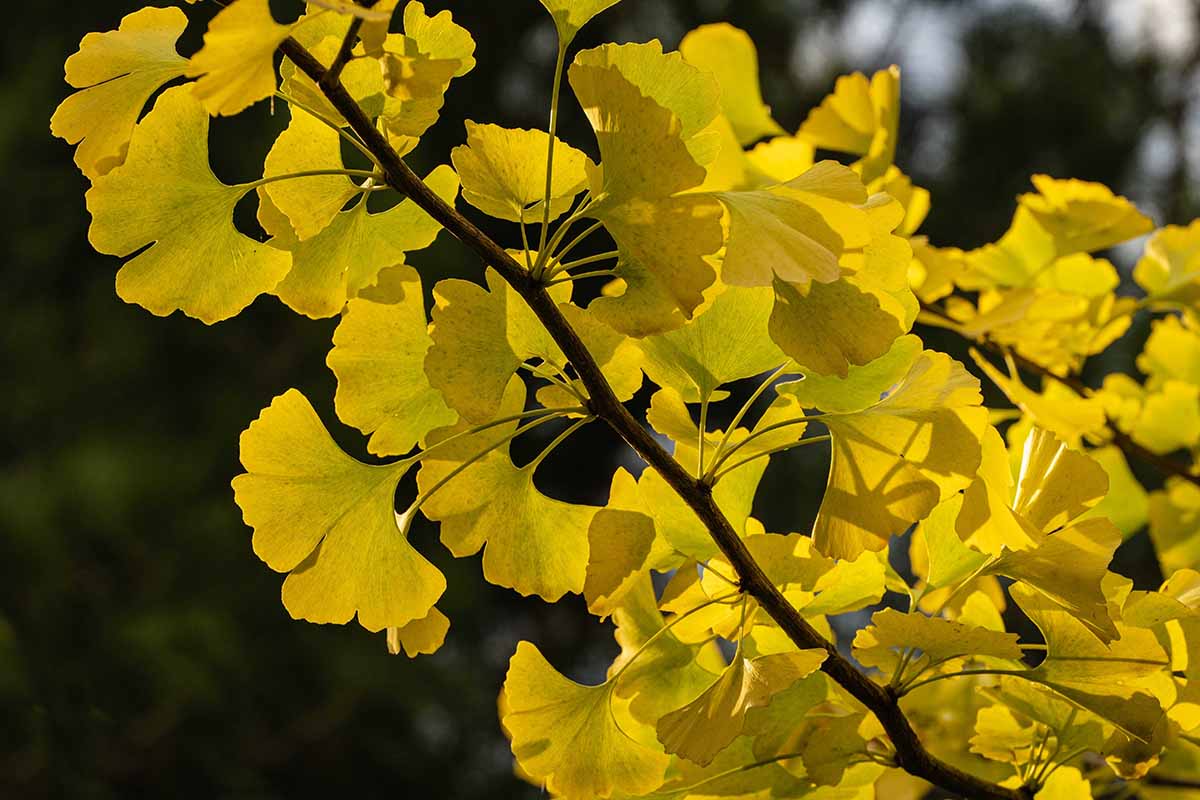
Each leaf is shaped like a fan: broad towards the top and narrowly tapered towards its base.
The leaves are a lovely light green during the growing season, while autumnal foliage is a gorgeous shade of yellow. These leaves grow densely enough to provide some shady relief from the sun’s harsh rays.
Typically, these trees grow about 50 to 80 feet tall and 30 to 40 feet wide.
But since ginkgos can live for thousands of years in ideal conditions, they can eventually reach heights of over 100 feet, and can spread out even wider than they are tall!
Cultivation and History
As mentioned earlier, gingkos are ancient: the oldest fossils we have of G. biloba were dated to be over 200 million years old!
Given how little they’ve changed since, these trees are affectionately referred to as “living fossils” alongside other ancient organisms such as the coelacanth, the platypus, and the horseshoe crab.
As time marched on, more and more species of Ginkgo went extinct – whether from losing their animal dispersal agents or from unsurvivable changes in their environment – until all that remained were select Chinese populations of G. biloba.
Now the last of the ginkgos, G. biloba wasn’t cultivated by humans until about 1,000 years ago in China.
These trees were grown solely in China for centuries until about the 14th to 15th century, when specimens were acquired in Korea and Japan via trade.

Along with their aesthetics, ginkgos were valued for their medicinal applications.
In traditional Chinese medicine, the seeds and leaves were used to combat memory loss, blood disorders, and a host of other health conditions.
The botanist Engelbert Kaempfer – remember him? – of the Dutch East India Company had the first documented Western encounter with the tree in 1692, at the Company’s trading station in southern Japan.
He later wrote about and illustrated his finding, being the first to mention ginkgos in Western literature.
Living specimens were introduced into Europe in the early to mid-1700s, while G. biloba wasn’t brought to North America until 1784. In the landscape, it’s valued for its toughness, versatility, and overall beauty.
From the late 20th century onward, ginkgo leaf extract has been touted as an herbal supplement to treat a variety of conditions such as anxiety, allergies, dementia, and tinnitus… but research hasn’t yielded conclusive evidence that the extract is effective.
Nonetheless, the global production and sale of these leaf extracts is a profitable industry, estimated to be worth at least 500 million dollars.
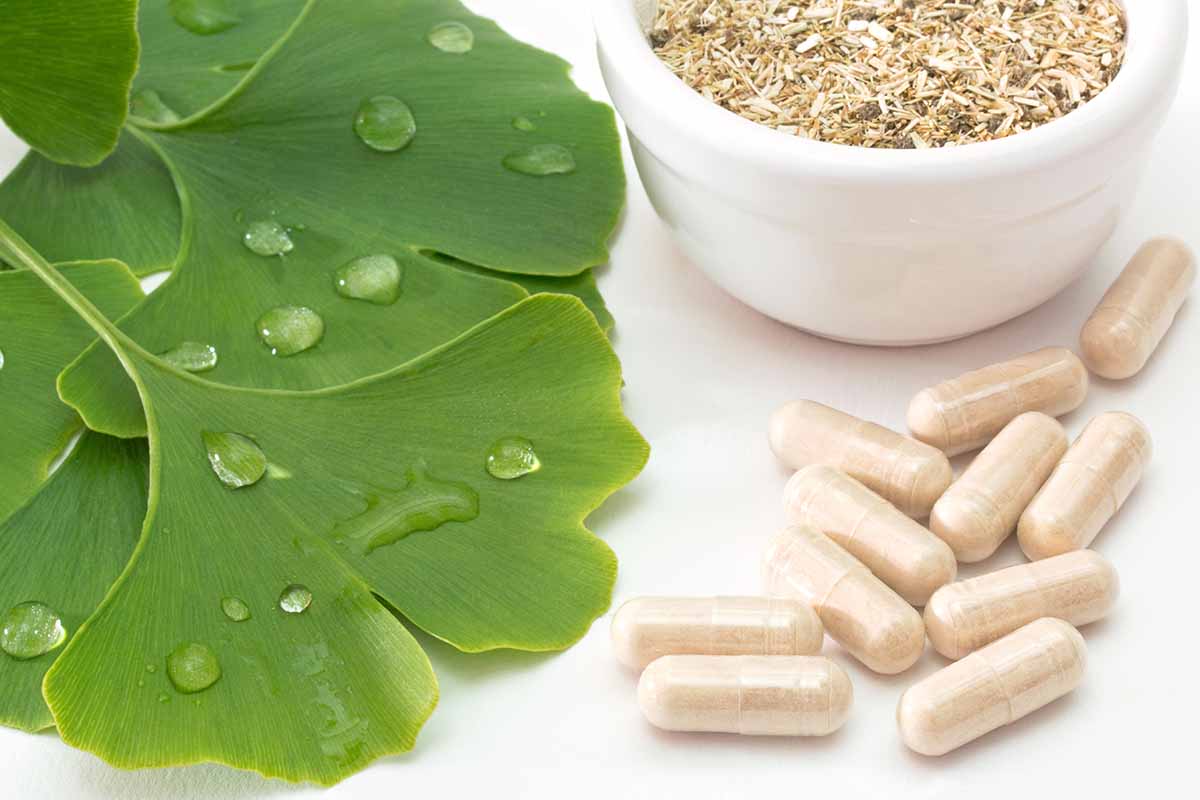
Raw ginkgo seeds and unprocessed leaves can be toxic if eaten in large quantities, and the juicy pulp can cause contact dermatitis.
But in certain types of Asian cuisine, cooked seeds are enjoyed in moderation, i.e. no more than a few seeds per day.
The continued existence of G. biloba as a species is a true testament to the durability of these trees – they’ve survived much, from the dinosaur-destroying asteroid to the infamous atomic bombing of Hiroshima.
And despite being endangered in the wild, they’re still alive and kicking, in part thanks to us humans. Which really goes to show what humanity can accomplish, conservation-wise.
Ginkgo Tree Propagation
Ginkgo propagation is best done via seeds, cuttings, or transplants.
From Seed
Step one of seed propagation: collection. To avoid contact dermatitis, be sure to wear disposable gloves!
When the fruits have dropped from a female tree in fall, collect some healthy-looking ones from the ground.
Outdoors or in a ventilated place, unless you don’t mind the rank smell, remove the seeds from the fleshy pulp and wash them clean.
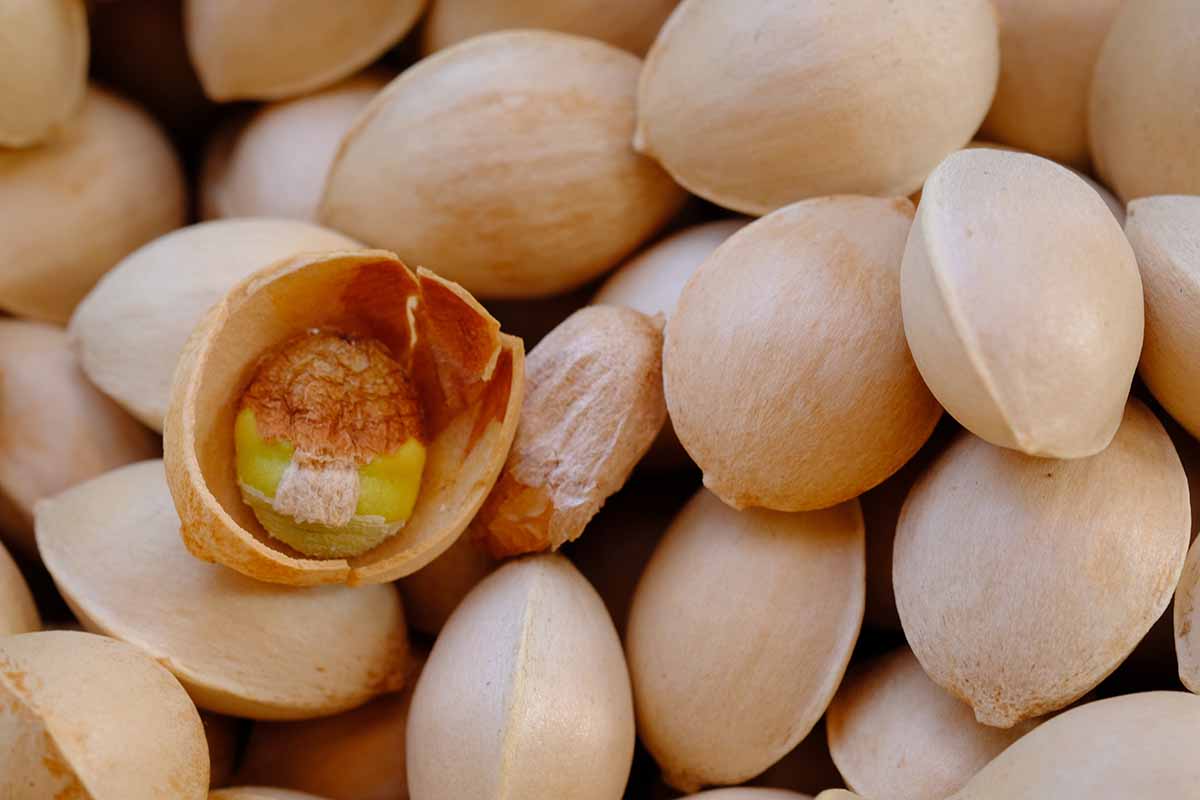
After that, leave them in a plastic baggie of moist sand for 10 weeks at room temperature – or about 60 to 70°F – while making sure to maintain that moisture throughout this time.
After the seed embryos have fully matured, you should cold-stratify the seeds.
Move the baggie of moist sand to the fridge for two to three months, however long it takes to reach spring. Make sure to keep the sand moist all the while!
After stratification, each germinated seed can be sown into its own four-inch container filled with a 50:50 mix of peat moss and perlite.
Sow each seed about an inch deep, gently pat down the media, and then water in the seeds.
Set the containers in a brightly-lit spot outdoors for 30 to 60 minutes before bringing them back indoors. Add a half hour to a full hour of outdoor exposure each following day, until the seedlings can withstand a full day outside.
Continue to keep the soil moist as the seedlings grow and develop, and repot them as needed, gradually sizing up until they’ve been repotted into five-gallon containers, which should take about two to three years. At this point, they should be ready for fall or spring transplanting!
From Cuttings
If you don’t have access to ginkgo fruits, or don’t want to risk growing a female from seed, taking cuttings is the way to go to propagate clones of the parent plant.
In June, take six-inch lengths of young wood with a sterilized blade from the ends of healthy branches.
Defoliate the bottom half of each cutting. Dip the cut ends into rooting hormone, like this IBA rooting powder from Bonide that’s available via Arbico Organics.
Bonide Bontone II Rooting Powder
Stick each cutting in its own four-inch container filled with a 50:50 mix of peat moss and perlite.
Moisten the media, and keep the cuttings in direct light somewhere indoors. Rooting should occur in about seven to eight weeks.
After they root, be sure to repot the cuttings as they start to outgrow their containers, keeping the potting medium moist all the while.
Feel free to give the containers a quarter-turn each day so that they don’t grow all lopsided.
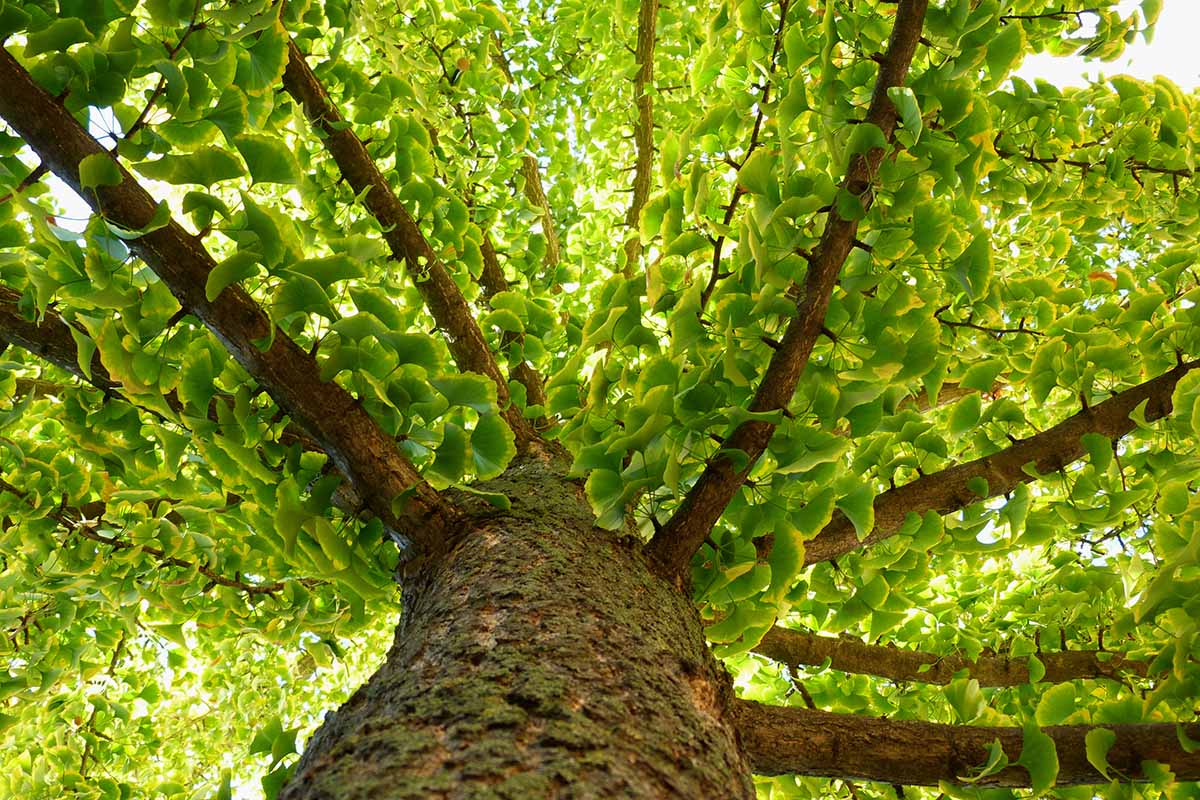
Come springtime, the cuttings can be hardened off as described above for seedlings.
Continue to care for and repot the cuttings until they’re growing in five-gallon containers. At this point, they’re all set for transplanting in spring or fall!
Via Transplanting
Prepare fertile, well-draining, and deep planting sites, spaced about as far apart as you’d expect the transplants to spread at maturity.
Dig holes to accommodate the transplants’ root systems, and just a bit wider.
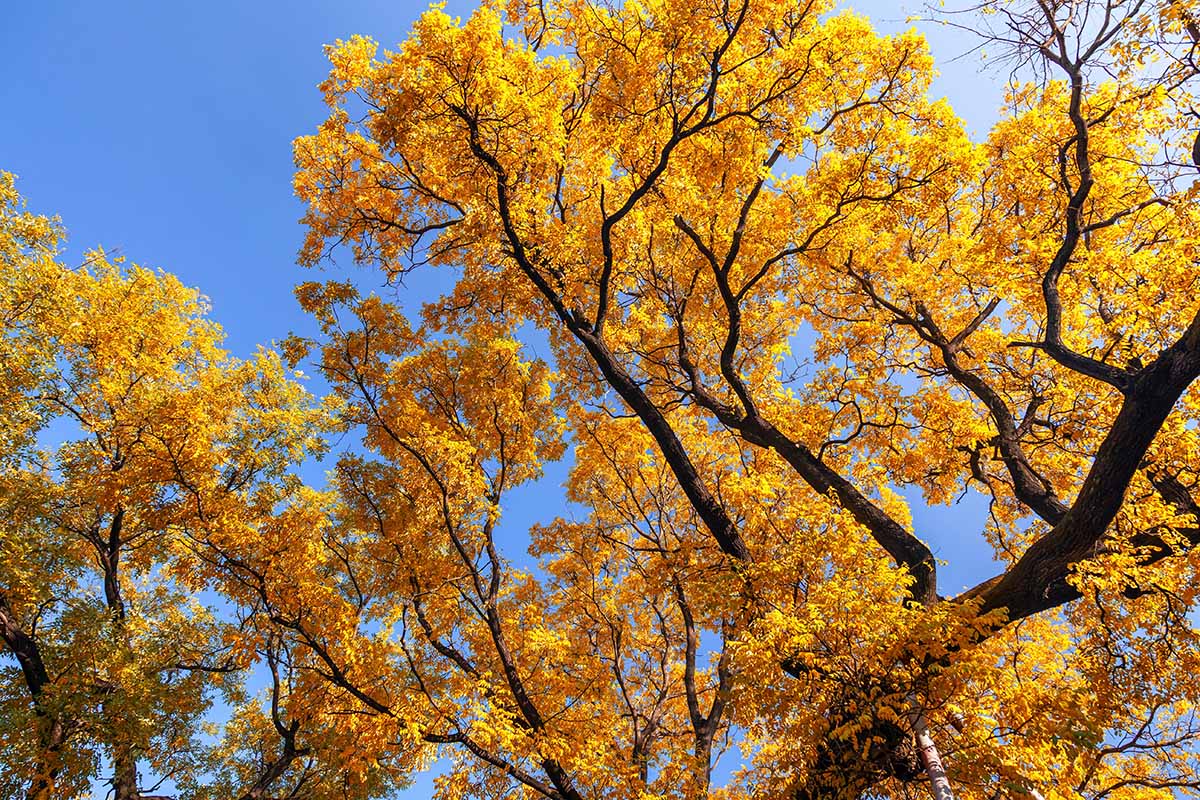
Lower your transplant into the hole, backfill with soil, and water it in. Keep the surrounding soil moist until transplants become established.
How to Grow Ginkgo Trees
G. biloba should be planted in USDA Zones 3 to 9, and provided with full sun exposure. Don’t worry – it has the heat resistance to thrive in the upper end of its hardiness range!

These trees can tolerate confined planting areas and air pollution, so don’t worry if your planting site isn’t in a wide open space. These trees are often grown in urban settings.
As long as the soil is well-draining, a ginkgo isn’t too picky. Although it prefers deep, fertile, and slightly acidic soil, it can handle various soil textures, high soil acidity, and even some alkalinity.
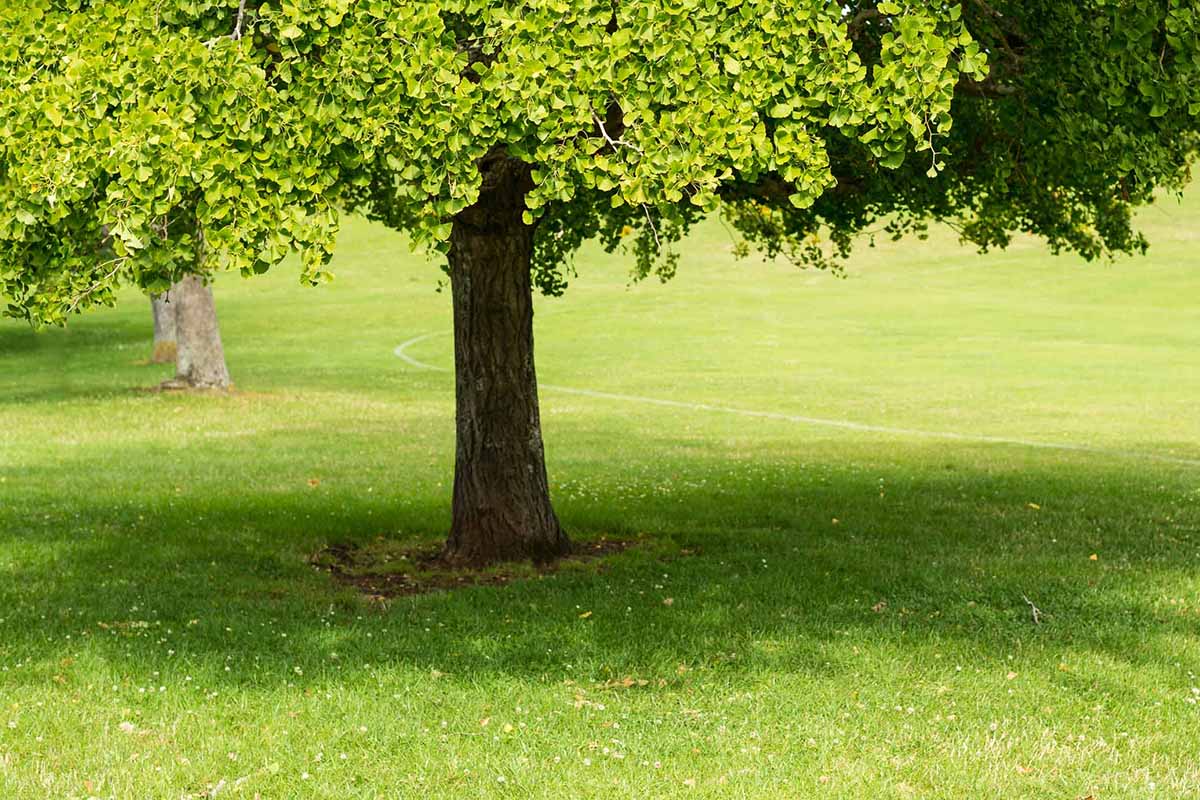
A ginkgo loves moderate soil moisture, so provide water whenever the top two to three inches of soil feel dry.
These trees can actually tolerate drought once established, so don’t sweat it if you don’t always provide an optimal amount of water in the absence of rain.
Given this tree’s dislike of “wet feet” – i.e. oversaturated soils – it’s actually far better to irrigate too little than too much.
For springtime fertilization, you can either work a couple inches of compost or well-rotted manure into the root zone, or apply a well-balanced, slow-release fertilizer instead.
For the latter, try this 14-14-14 NPK fertilizer from Osmocote, which’ll feed your plants for four whole months! It’s sold in 1.5-pound containers on Amazon.
Growing Tips
- These trees grow best in full sun exposure.
- Above all else, the ideal soil should be well-draining.
- Water whenever the top two to three inches of soil dry out.
Pruning and Maintenance
Although you can (and should!) prune dead, diseased, or damaged branches whenever you happen to notice them, a ginkgo will probably need a spot of pruning at the beginning of spring.

During this shaping session, you should remove any structures that take away from the tree’s aesthetics, such as crossing or drooping branches.
Don’t prune away more than a third of the tree’s aboveground mass in one go!
Maintaining a few inches of mulch around the trunk will help to protect the roots, insulate the soil, and conserve moisture. Keep a couple inches of space between the mulch and the trunk, and don’t pile it up like a volcano.
You also may or may not want to rake up the autumn leaves when they fall.
Removing them will definitely be neater, while “leafing” them on the ground will allow them to act as a natural source of mulch and organic matter. It’s up to you!

If you’re growing a female ginkgo… your nasal passages have my condolences.
When the fruits start to drop in fall, you’ll definitely want to conduct a daily cleanup if these are planted near sidewalks, driveways, or walkways.
Nothing ruins a pristine landscape quite like the ambient aroma of upchuck.
Ginkgo Tree Cultivars to Select
Don’t get me wrong, a standard G. biloba is definitely amazing, and one of these can be purchased in #3 and #5 containers from Nature Hills Nursery.
But for those who want to “branch” out a bit, there are some solid cultivars out there. Here’s a handful of male varieties that I really like:
Autumn Gold
Reaching mature dimensions of 50 feet tall by 30 feet wide, ‘Autumn Gold’ sports a beautifully symmetrical, broadly-spreading, and conical form.
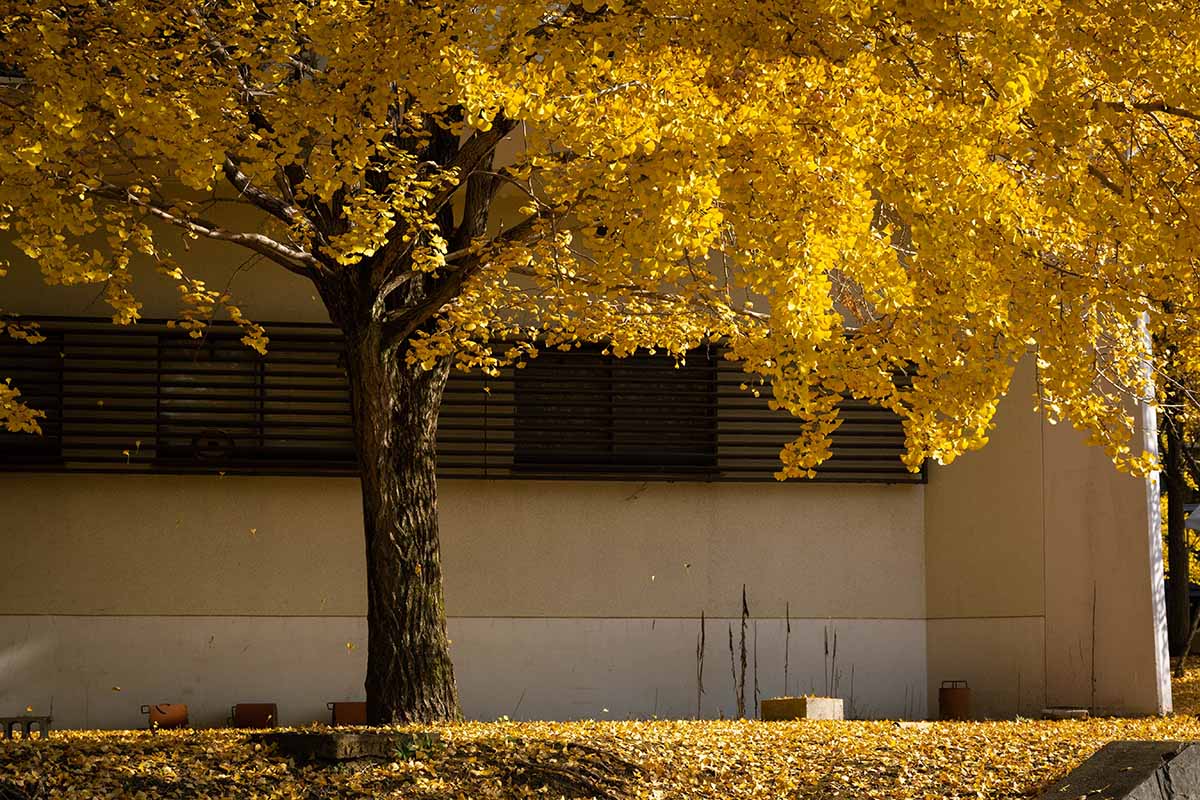
Plus, this variety has leaves that flaunt an absolutely gorgeous golden yellow hue in fall.
They persist on the tree for weeks before essentially dropping all at once, leaving a beautiful golden carpet of fallen foliage around the trunk.
For fans of pretty autumn leaves with easy cleanup, you can’t go wrong with ‘Autumn Gold.’
To purchase ‘Autumn Gold’ in starting sizes of four to six feet, visit FastGrowingTrees.com.
Fairmount
Whether in politics or landscaping, sometimes you just want a strong central leader. ‘Fairmount’ has just that, along with a narrow, upright, and densely-crowned form.
This cultivar was selected from a tree in Philadelphia’s Fairmount Park, hence the name.
With a mature height of 75 feet and spread of 25 feet, ‘Fairmount’ is a perfect option to create shade in a narrow planting site!
Jade Butterfly
Want to go more compact? Try ‘Jade Butterfly,’ a dwarf cultivar that grows to be about 12 to 15 feet tall and six to 10 feet wide.
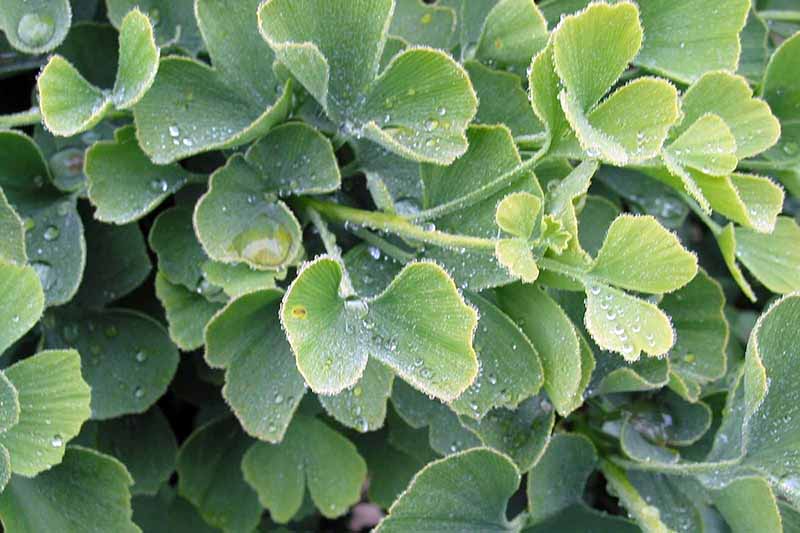
Named for its deeply notched leaves that resemble the wings of jade green butterflies, this variety has an upright, vase-shaped form and a slow growth rate.
‘Jade Butterfly’ is proof that good things do come in small packages!
To purchase ‘Jade Butterfly’ in a #1 container, give the folks over at Nature Hills Nursery a digital visit.
Princeton Sentry
Trying to convey your landscape’s awesomeness? There’s no better way to get your point across than with a pointed ginkgo.
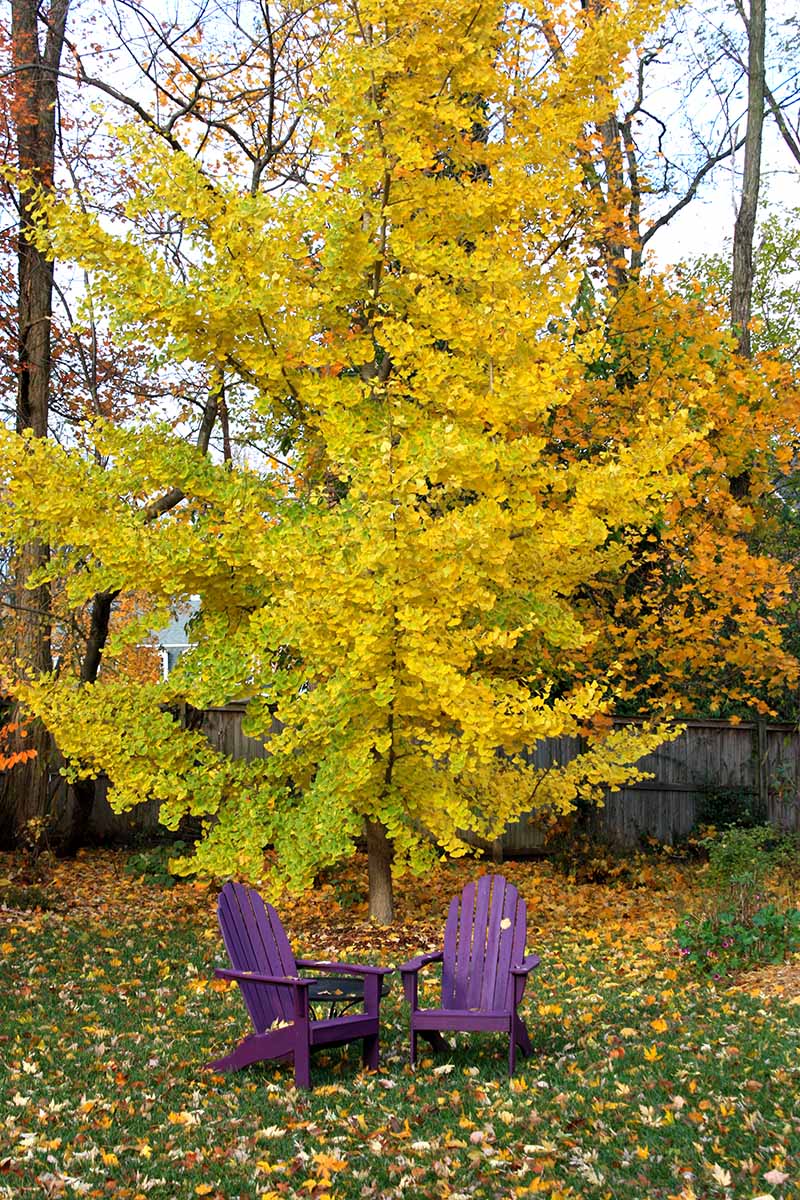
With a mature height of 40 to 60 feet and spread of 15 to 25 feet, ‘Princeton Sentry’ has a narrowly conical form that’s pointed at it’s apex and a bit broader at the base.
The most uniform and picturesque ones I’ve seen are pleasantly geometric, and more ideal for fitting in tighter spaces than the standard species.
For a ‘Princeton Sentry’ in a variety of starting sizes, check out Nature Hills Nursery.
Want More Options?
Be sure to check out our supplemental guide, “25 of the Best Ginkgo Biloba Cultivars for Your Landscape.”
Managing Pests and Disease
G. biloba is relatively resistant to pests and diseases, but you should remain aware of a couple potential problems.
Herbivores
Not much to worry about in the plant-munching mammals department… at least nowadays, anyway.
There are records of modern-day seed dispersal by select critters such as wild cats, badgers, and Pallas’s squirrels, but back in prehistory, ginkgos probably had way more mammalian visitors than they do now.
It’s even been theorized that dinosaurs could have eaten from ginkgos. But a Jurassic Park-style dino zoo is still a long way off. Kudos to whomever has to eventually come up with that IPM plan!
Insects
If you do a good job of preventing pests from infesting your plants, you’ll also help prevent the diseases that they could vector, so it pays to stay on top of your pest management!
Foliage-Feeding Caterpillars
Most insects aren’t huge fans of eating ginkgo foliage, but some leaf-munching caterpillars such as omnivorous loopers – aka Sabulodes aegrotata and S. caberata – will have themselves a taste or two.
Young Sabulodes larvae are pale yellow caterpillars, while older larvae are green, with black and yellow stripes and a brownish-bronze head.
Both kinds can consume holes in foliage, which can be unaesthetic and reduce photosynthesis.
Infested foliage should be thoroughly sprayed with Bacillus thuringiensis, a beneficial bacteria, while beneficial insects such as parasitic wasps and lacewing larvae love to munch on these pests.
For treating large and hard-to-spray trees, it’s probably worth consulting an arborist.
Bonide offers a 32-ounce, ready-to-spray bottle of Bt via Arbico Organics, while some beneficial insects can be purchased from Arbico Organics.
Root-Knot Nematodes
Belonging to the Meloidogyne genus, root-knot nematodes are microscopic roundworms that invade plant roots and stimulate them to develop giant feeding cells, which they feed on from within.
The surrounding root tissue swells up into knot-like galls, which interfere with water and nutrient uptake.
Above the soil line, symptoms include leaf wilting, stunted growth, and foliar chlorosis.
These symptoms are rarely fatal in woody plants such as ginkgos, but they can definitely leave afflicted specimens looking less than their best.
Long-lasting nematode management is tricky and difficult, so it’s best to focus on prevention.
Avoid transplanting from infested parts of your garden, and only use nematode-free plants and soil.
Disease
The techniques used to prevent nematode infestations also work for many diseases! Sanitize tools, use disease-free stock, and don’t grow your plants in already-infected soils.
Leaf Scorch
Resulting in browned leaf tips and interveinal chlorosis, leaf scorch in urban ginkgos has multiple potential causes.
It can be caused by insect-vectored Xylella fastidiosa bacteria or environmental stressors such as high heat and drought.
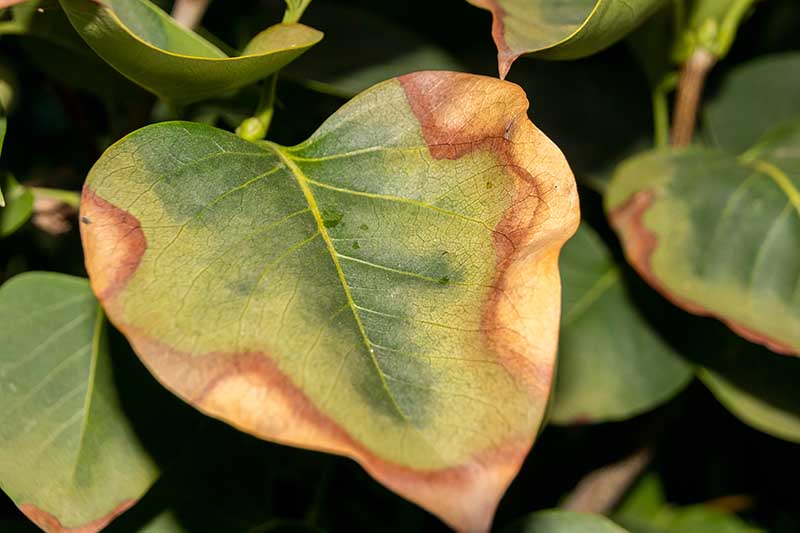
Lab testing is definitely recommended to determine the cause, as the initial symptoms are similar regardless of the cause.
It’s best to prevent and treat environmental leaf scorch with proper irrigation, but there’s no known cure for bacterial leaf scorch.
If bacterial leaf scorch leads to the tree’s decline and death – which is possible – it’s best to remove and dispose of the infested specimen and replace it with a tougher tree.
Plants resistant to bacterial leaf scorch include black tupelo, Japanese zelkova, and beech trees.
Root Rot
Whether caused by a lack of oxygen or by pathogens such as Armillaria fungi, root rot is a gnarly condition for a plant to endure.
Rotted-out roots can’t take up water or nutrients effectively, which wreaks havoc above the soil line: chlorosis, leaf drop, branch dieback, or even death can result.
Too much irrigation is a major cause of root rot, so make sure to dial in your watering and provide ample drainage.
There’s no known cure for root rot, so any afflicted plants that are near death and/or have a majority of their roots rotted will need to be lifted and destroyed.
Best Uses for Ginkgo Trees
G. biloba ain’t a one-trick pony, folks: it’s a tree that provides shade, does just fine in urban sites, and can be a spectacular specimen, especially with age.
Its unique foliage is gorgeously striking – especially in fall – and the tree can even be cultivated as bonsai!
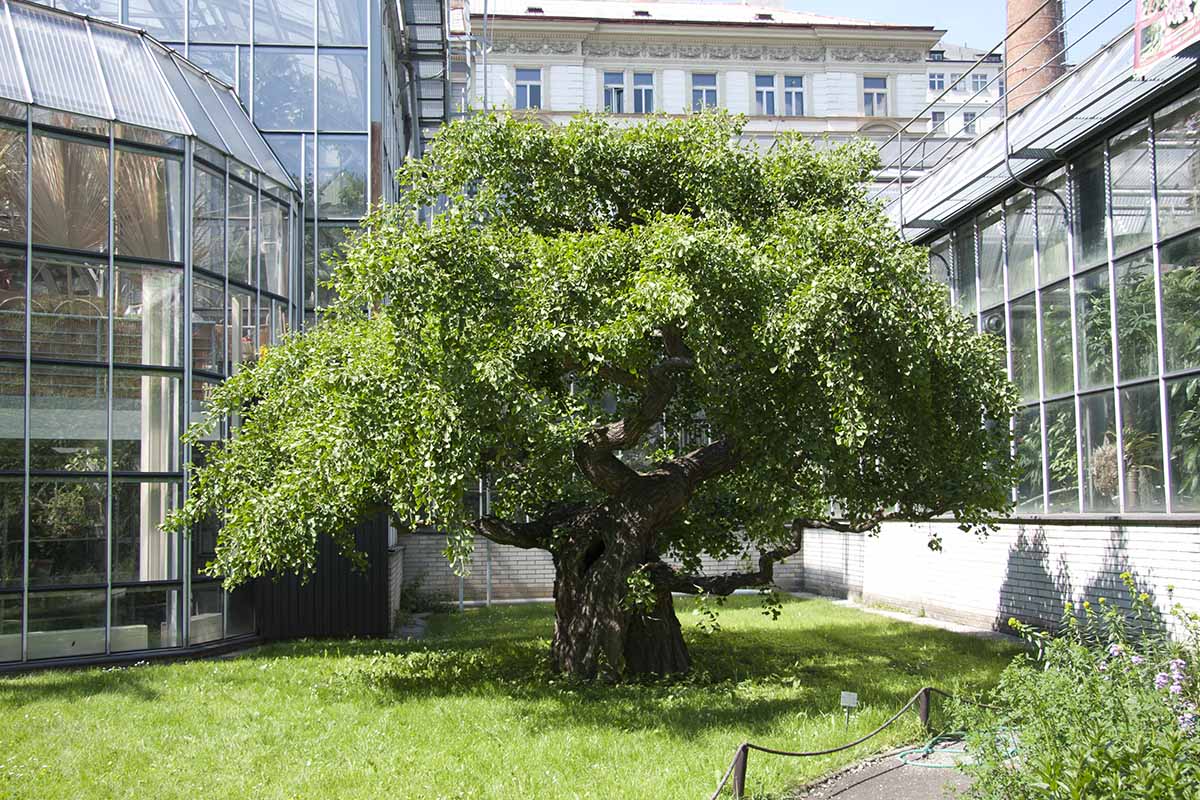
Its uniqueness is also a bit of a double-edged sword, as it may look a bit out of place next to more traditionally suburban plantings like red maples and arborvitae.
But when paired with other prehistoric-looking plants such as ferns, mosses, and sago palms, G. biloba provides a delightful way to remember how far life on Earth has come.
Quick Reference Growing Guide
| Plant Type: | Broadleaf deciduous tree | Flower/Foliage Color: | Green/green, yellow in fall |
| Native to: | Eastern China | Water Needs: | Moderate |
| Hardiness (USDA Zones): | 3-9 | Maintenance: | Low |
| Bloom Time: | March-April | Tolerance: | Air pollution, confined spaces, deer, drought, heat, salt |
| Exposure: | Full sun | Soil Type: | Deep, fertile, various textures |
| Time to Maturity: | About 20 years (fruiting) | Soil pH: | 5.0-8.0 |
| Spacing: | Width of mature spread | Soil Drainage: | Well-draining |
| Planting Depth: | 1 inch (seeds), depth of root system (transplants) | Uses: | Bonsai, fall color, shade tree, specimen, urban planting |
| Height: | 50-80 feet | Order: | Ginkgoales |
| Spread: | 3-40 feet | Family: | Ginkgoaceae |
| Growth Rate: | 1-2 feet per year | Genus: | Ginkgo |
| Common Pests and Diseases: | Foliage-feeding caterpillars, root knot nematodes; leaf scorch, root rot | Species: | Biloba |
Go for Some Ginkgo!
Modern and geologically-young plants are definitely amazing, but we shouldn’t forget what came before. What better way to preserve the botanical past than with G. biloba?

Even beyond their history, ginkgo trees are quite cool. And who knows? If you plant one now, your descendants could have a truly epic plant for millenia to come!
Did I miss anything? Have experiences of your own to share? Head on down to the comments section!
Want to grow other shade trees in the landscape? Here are some more guides to get you started:

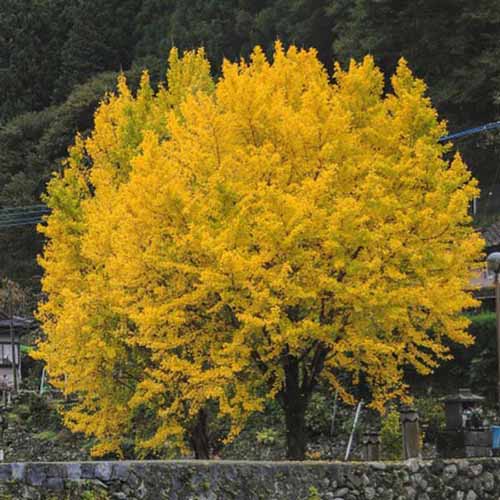

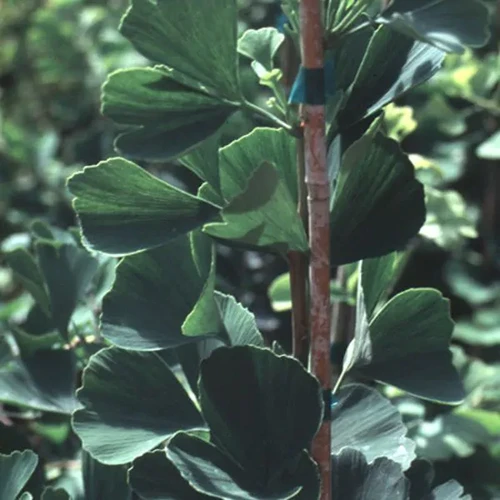

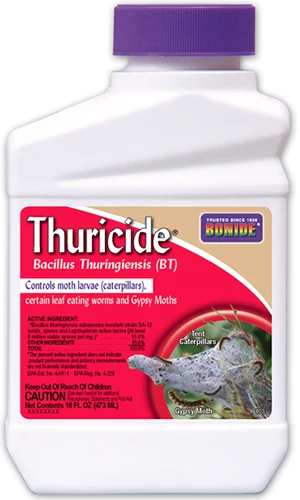
My ginkgo tree needs limbs. It has limbs on east/west trunk, but none on the north/south trunk. It looks like a road sign (flat).
It has leaf buds on all of the trunk. It is 5.5 feet tall. Was planted 6 weeks ago in South central Ky, Lake Cumberland area. The soul isn’t great.
I am 70 years old, and Ginkgo’s are slow growers. I need limbs…
Ideas???
Hey, David! An interesting conundrum, to be sure. I would definitely give your trees a bit longer to “branch out” (so to speak), since they’ve only been in the ground for six weeks. As for the soil, working a couple inches of organic matter into the root zone every spring is a fantastic way to improve fertility and overall workability. If time passes and your tree still isn’t branching the way you’d like, you can play around with “notching,” a technique where you remove bark from the trunk in a certain way to trigger the release of the plant hormone… Read more »
I have a Ginkgo about 6ft tall planted last year. When delivered the main branch on the top was cut off in transit maybe about 3-4inches. In the year I haven’t seen much growth upwards from where the tree was topped. Since this is a young tree should I be worried or is this something the tree can overcome?
Hey, Jace! You’re wise to be concerned about a topped tree, but I think that a young tree is probably able to overcome three to four inches off the top, especially if it’s already six feet tall.